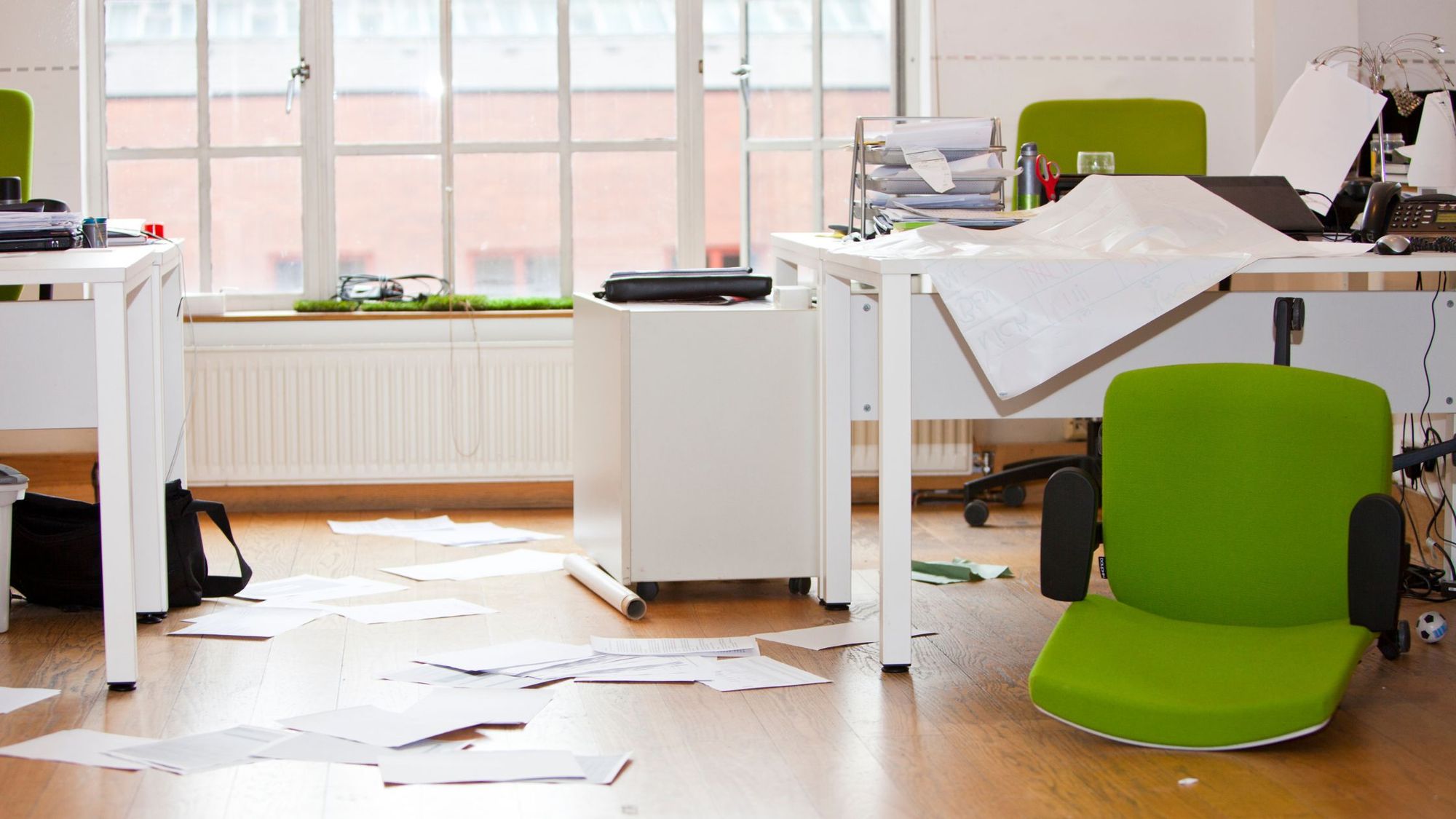Why Do My Coworkers Use The Phrase "Hot Desking in the Workplace?"
"Hot desking transforms the modern workplace, promoting flexibility and efficiency. However, it's not without challenges like finding stationary or dealing with hierarchy. Addressing these issues can foster trust, collaboration, and a more innovative work culture."
If you've been wondering why your colleagues keep talking about "hot desking" at the office, you're not alone. This trendy term has become increasingly popular as organisations around the world adopt this innovative workspace strategy. So, what exactly is hot desking, and why is it gaining traction in workplaces everywhere?
Understanding Hot Desking
Hot desking is a flexible approach to office seating arrangements, where workstations or desks are not assigned to specific individuals. Instead, any employee can use any available desk on a first-come, first-served basis. This contrasts with the traditional model where employees have assigned seats.
The Rise of Hot Desking
The concept of hot desking gained significant momentum, particularly in 2020 when the COVID-19 pandemic disrupted our work routines. With many employees forced to work from home, those who still preferred to work in the office could take advantage of hot desking. They could choose any available desk, providing a sense of normalcy and flexibility in these uncertain times.
Efficiency and Space Maximization
One of the key reasons why organizations are adopting hot desking is to maximize space efficiency. Redundant office space, previously reserved for permanently assigned desks, can now be repurposed for more productive uses. This might include creating additional meeting rooms, collaborative spaces, or even adding a tranquil running fountain for employees seeking moments of mindfulness during their workday.
Challenges of Hot Desking
While hot desking offers numerous benefits, it's not without its challenges. Some employees might find themselves in need of extra equipment, such as additional monitors, which may not always be readily available at the desk they choose. There can also be occasional setup inconveniences, like searching for an available ethernet cable or finding all the power outlets occupied by fellow hot desking colleagues. Plus, there's the occasional frustration of arriving at the only available desk, only to find it in disarray from its previous user.

The Stationary Struggle
One common setback of hot desking is the absence of a personalized space where employees can keep their essentials, such as stationery items or a cherished chest of drawers. Instead of having your trusty drawer right next to you, you might find yourself searching for the communal stationary cupboard. This minor inconvenience can add up and disrupt your workflow, but it's a trade-off for the flexibility and space efficiency that hot desking provides.
The Hierarchy Dilemma
Another challenge that can arise in hot desking environments is related to the seating arrangement hierarchy. Senior management might hesitate to sit next to their subordinates due to concerns about compromising their workday with potentially distracting conversations. Colleagues discussing lunch plans or recapping their wild nights out can be distracting for anyone, and this can lead to a lack of trust and strained relationships within the organization.
Building Stronger Relationships
It's crucial for organisations to recognize these challenges and proactively address them. While hot desking can sometimes strain relationships, it also presents an opportunity for organisations to foster a more inclusive and collaborative workplace culture. Encouraging open communication and providing designated spaces for quieter, focused work can help alleviate some of the tensions that may arise.
In Conclusion
In the evolving landscape of modern workplaces, hot desking is a concept that offers flexibility, space efficiency, and the potential for greater collaboration. However, it's not without its challenges, such as the lack of personalized spaces and potential disruptions to work dynamics.
By acknowledging these challenges and implementing strategies to mitigate them, organizations can ensure that hot desking remains a positive force for change in the workplace, promoting stronger relationships, trust, and productivity among all employees, regardless of their seating arrangements.







